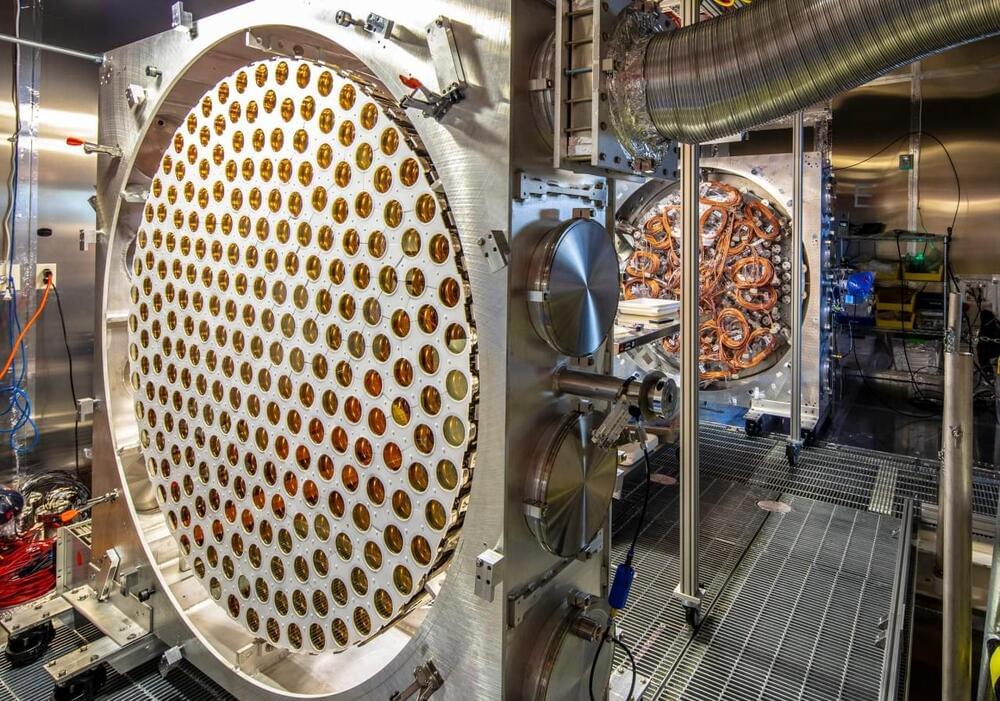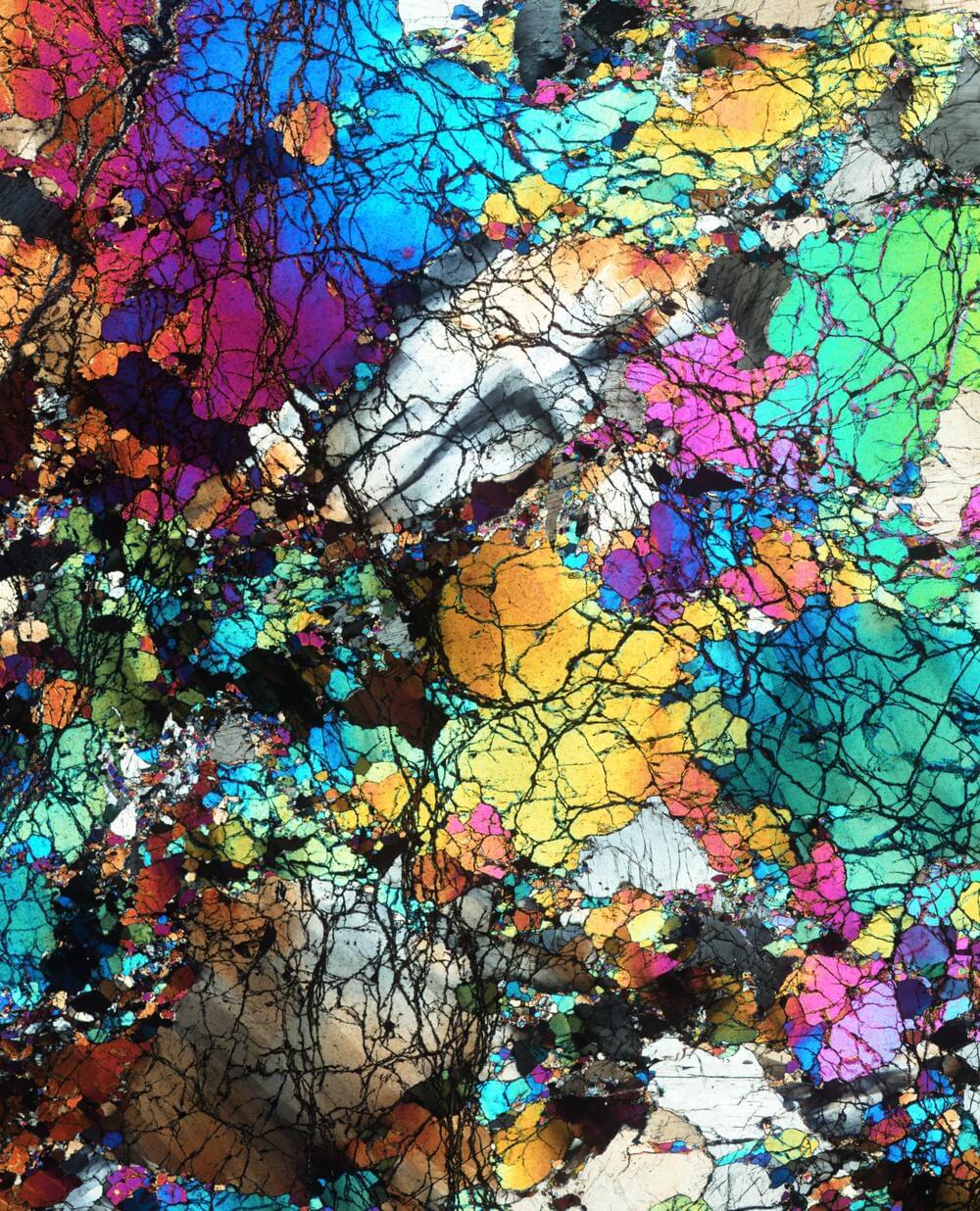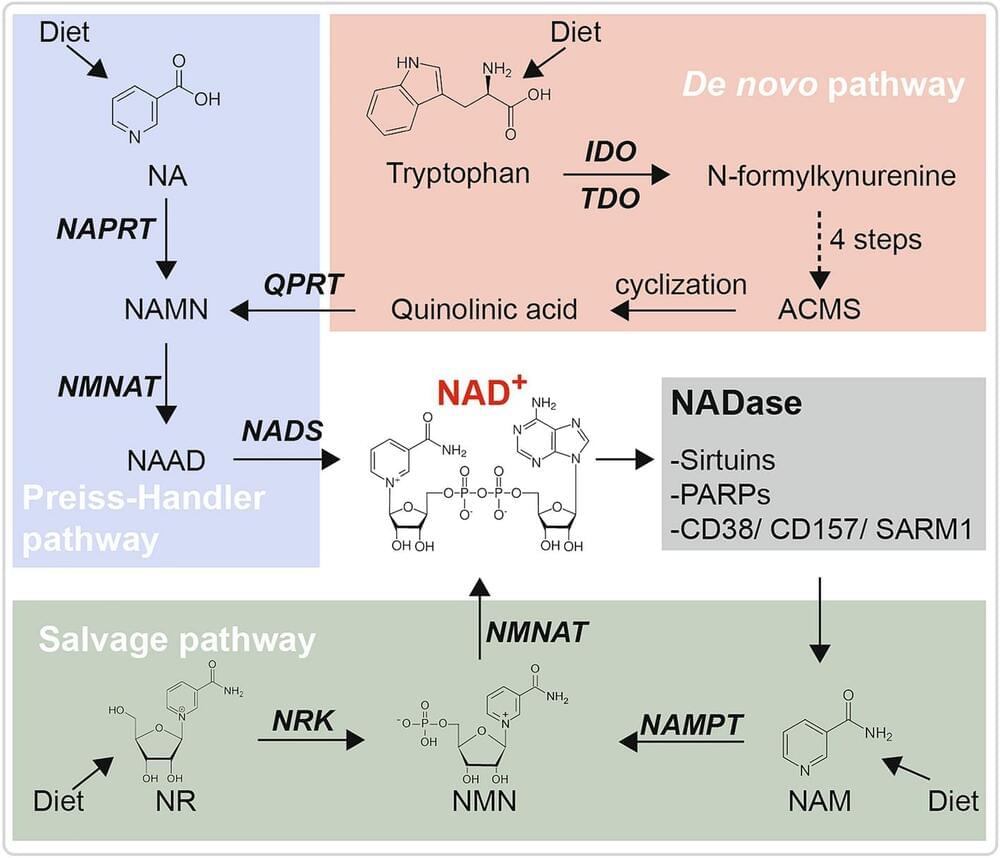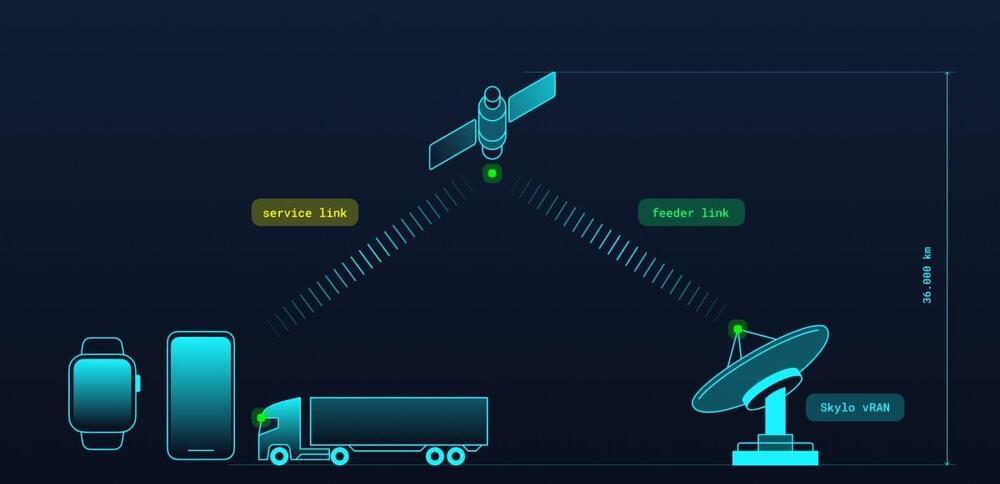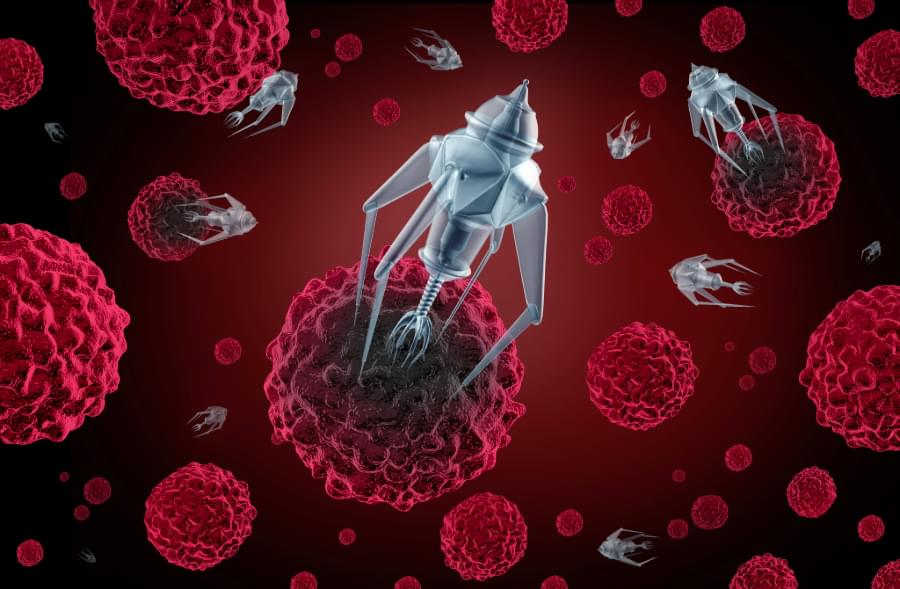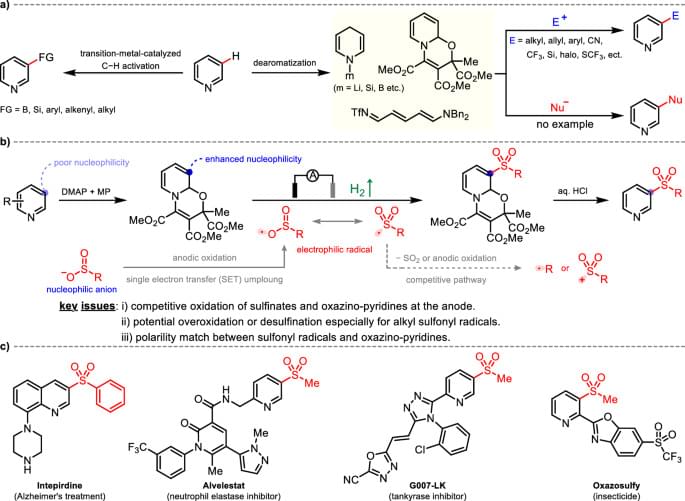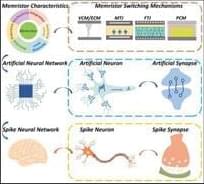Aug 30, 2024
Dark matter experiment delves into Earth’s underbelly, sets records
Posted by Genevieve Klien in categories: cosmology, particle physics
AUSTIN (KXAN) — The most sensitive dark matter detector in the world is showing results in the hunt for the hypothetical particle. The results: they can’t find it.
“If you think of the search for dark matter like searching for buried treasure,” said Scott Kravitz, an associate professor in the physics department at the University of Texas, “we’ve basically dug part of the way down to where it might be, it could still be deeper below what we’ve searched so far.”
Kravitz is part of the LEX-ZEPLIN project, a Department of Energy hunt for dark matter in a cavern in South Dakota.
